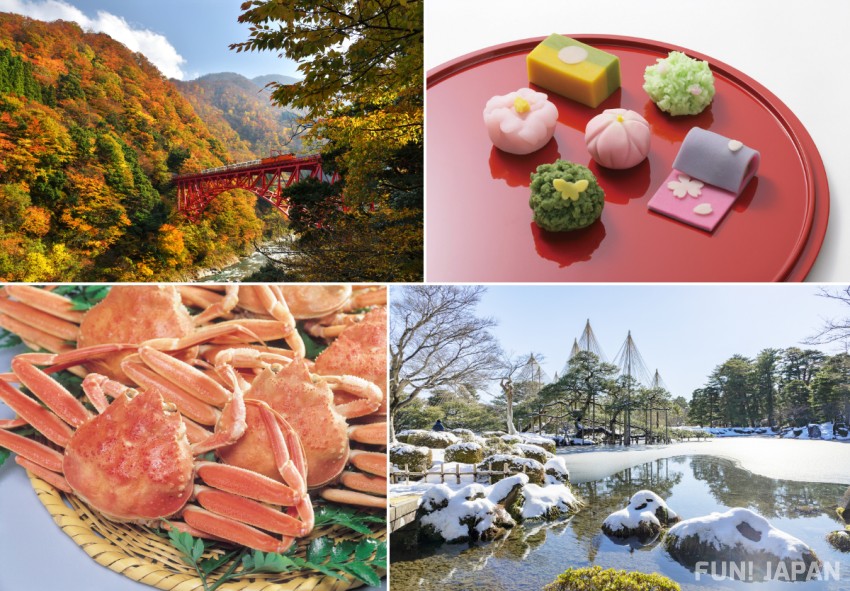
The Hokuriku area, located on the Sea of Japan side of central Honshu, is dotted with popular tourist spots and hot spring resorts, and in recent years, it has been particularly attracting attention among all 47 prefectures in Japan.
Ishikawa Prefecture, home to Kanazawa, Toyama Prefecture, famous for the Kurobe Tateyama Alpine Route and Unazuki Onsen, Fukui Prefecture, which houses one of the world's three major dinosaur museums, and Niigata Prefecture, a treasure trove of Japanese sake known globally as "SAKE" and a popular ski spot, each have their own unique charms.
This time, we will introduce the characteristics and differences in the personalities of the people in each prefecture in the Hokuriku region, their common values, and even their dialects! Knowing these will make your trip to Hokuriku even more interesting!
Reviewing the geographical relationships and transportation conditions of each prefecture in the Hokuriku area
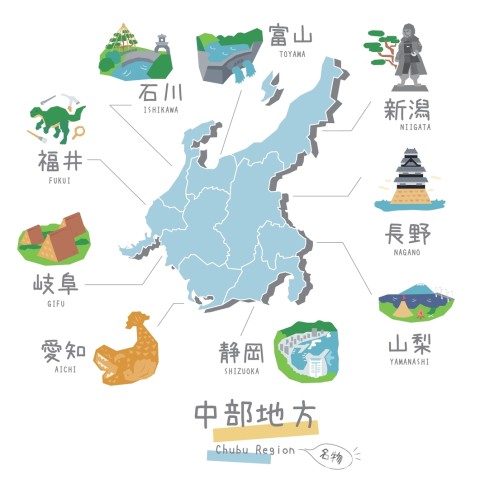
The "Hokuriku region" refers to the area facing the Sea of Japan in the Chubu region, which is located in the central part of the Japanese archipelago.
Niigata Prefecture and Toyama Prefecture, which border the Tohoku (Yamagata Prefecture, Fukushima Prefecture) and Kanto-Koshinetsu area (Gunma Prefecture, Nagano Prefecture), Ishikawa Prefecture, located on the Noto Peninsula protruding into the Sea of Japan, and Fukui Prefecture, which borders Gifu Prefecture, Shiga Prefecture, and Kyoto Prefecture.
The name "Hokuriku" also originates from one of the "Hokuriku Road" in the regional administrative divisions of the ancient Ritsuryo system, and this Hokuriku Road was composed of seven lands corresponding to the current four Hokuriku prefectures: Wakasa and Echizen (Fukui Prefecture), Kaga and Noto (Ishikawa Prefecture), Etchu (Toyama Prefecture), Echigo and Sado (Niigata Prefecture).
Currently, when referring to "Hokuriku", it may refer to the four prefectures of Toyama, Ishikawa, Fukui, and Niigata, or the three prefectures excluding Niigata.
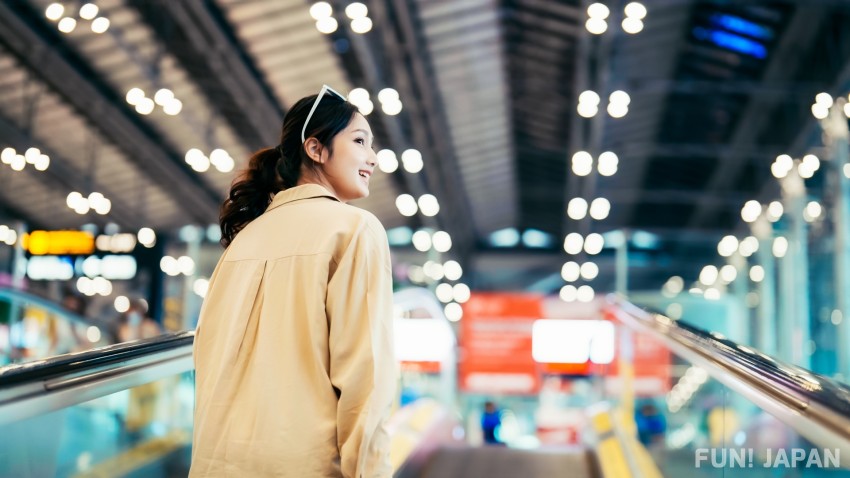
The Hokuriku area, located in the central part of Japan, is easily accessible from both the Kanto and Kansai regions using the Hokuriku Shinkansen, Joetsu Shinkansen, and limited express trains on conventional lines. If you're traveling from Tokyo Station or Omiya Station in Saitama Prefecture, you can take the "Kagayaki" on the Hokuriku Shinkansen, which allows you to travel to Kanazawa via Toyama in about 2 hours and 30 minutes. You can also access the area via the "Hakutaka", which stops at places like Kurobe Unazuki Onsen, Toyama, Shin-Takaoka, Kanazawa, and the "Toki", which stops at places like Echigo-Yuzawa and Nagaoka. Additionally, it takes about 3 hours from Osaka to Kanazawa on the JR Limited Express "Thunderbird", and there are many express buses available, making it a recommended option for those who prioritize cost-efficiency.
What are the characteristics and tourist attractions of each prefecture in Hokuriku, a popular destination for foreign tourists?
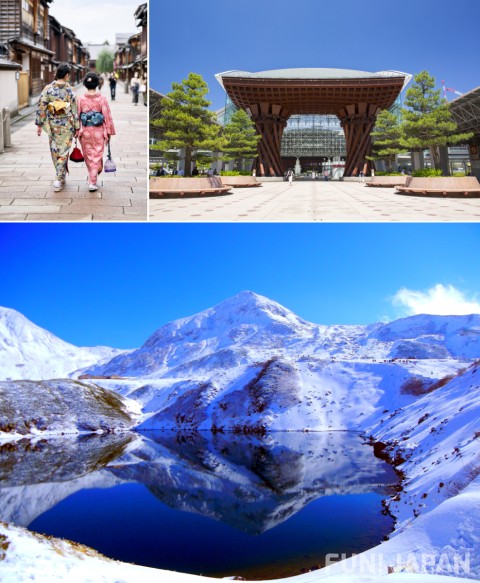
From here, we introduce the charm of the four prefectures in Hokuriku and their representative tourist spots! Hokuriku has many tourist attractions in each prefecture, so it is recommended to tour the four prefectures using transportation passes and the like!
Ishikawa Prefecture
In Kanazawa, a representative tourist area of Hokuriku, there are popular spots such as Kanazawa Castle Park, Kenrokuen, Myoryuji Temple, also known as "Ninja Temple", and the ruins of Nagamachi Samurai Residence. In addition, there are many hot spring areas such as Kaga and Noto, and attention is also focused on the deliciousness of local gourmet food and Japanese sweets using fresh seafood such as nodoguro.
Toyama Prefecture
Famous for its beautiful scenery and hot springs in each season, such as Kurobe Gorge and Tateyama Mountain Range! You can also enjoy fresh sushi and seafood at places like the Himi Fish Market.
Fukui Prefecture
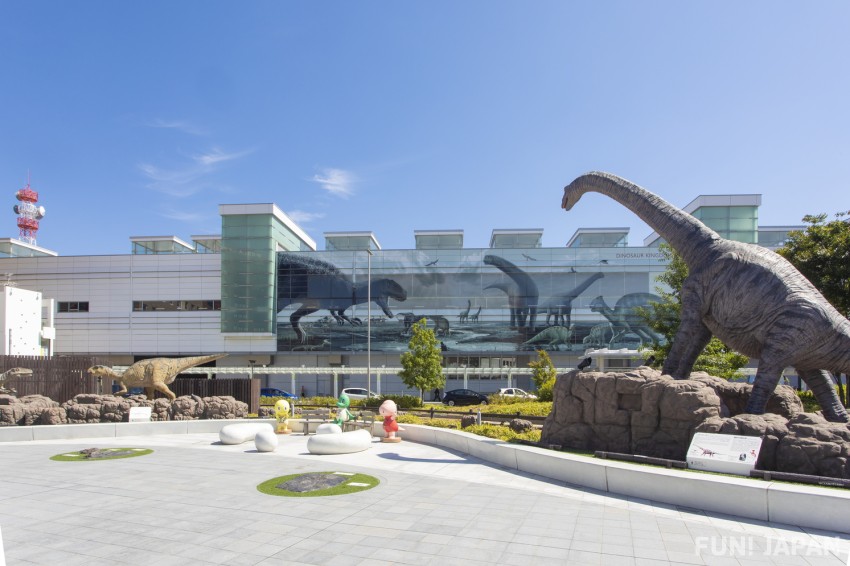
Fukui Prefectural Dinosaur Museum and Tojinbo's unique rock formations, which are often used as locations for TV dramas in Japan, are famous. In addition, there are many spots that are irresistible for lovers of Japanese history and castles, such as Maruoka Castle and Echizen Ono Castle, as well as the townscapes of castle towns from the Warring States (Sengoku) period, such as the Ichijodani Asakura Clan Ruins. Echizen crab is also famous.
Niigata Prefecture
It is famous for its brand rice such as "Uonuma Koshihikari" and sake production. In addition, the Kiyotsukyo Tunnel, which became a topic of conversation for its social media appeal, and the terraced rice fields of Hoshitoge are also popular. In areas such as Naeba, Yuzawa, and Myoko, there are numerous ski resorts where you can enjoy snow activities, attracting many winter sports enthusiasts in the winter season.
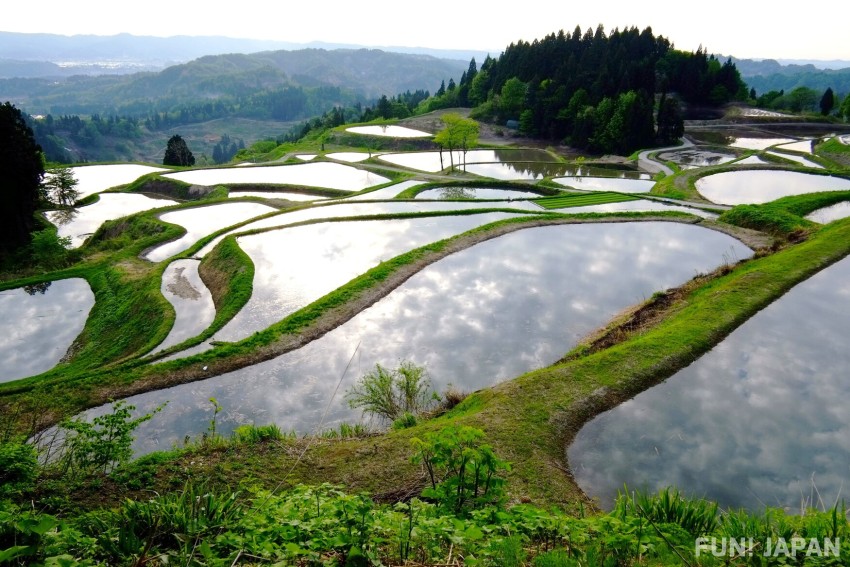
Must-know dialects & trivia if you're traveling in Hokuriku!
Here, we introduce the Hokuriku dialect and local trivia you'll want to know! When traveling, why not pay attention to the local dialect and the atmosphere of the town?
The charm of the Hokuriku dialect is its cuteness⁉ The way the sentence ends is attractive!
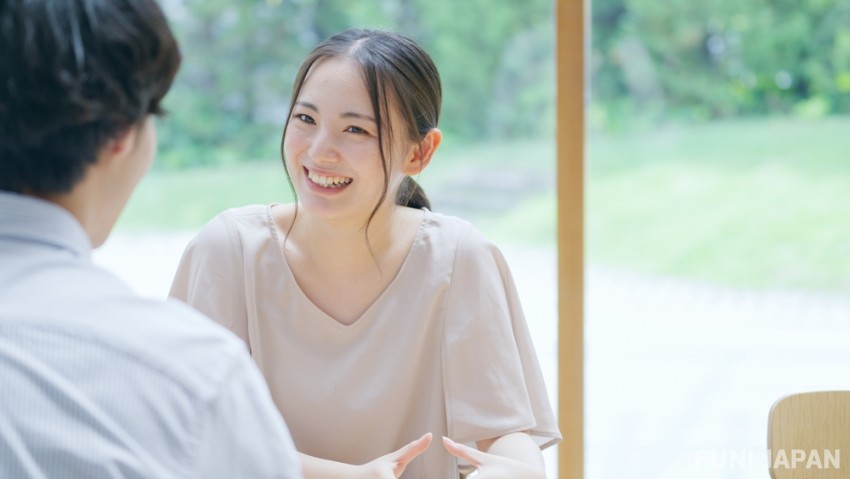
"Hokuriku dialect" refers to the dialect used in Sado Island and Itoigawa City, Kyu-Aomicho, Niigata Prefecture, Toyama Prefecture, Ishikawa Prefecture, and the Reihoku region of Fukui Prefecture. The specific expressions vary from place to place, but one of the characteristics of the Hokuriku dialect as a whole is the relaxed intonation at the end of phrases, which is considered cute.
For example, in the Toyama dialect, it is common to add "~cha" (ちゃ) at the end of words. There is also an expression "naan" (なーん), which is a corrupted form of "nani mo" (nothing). This expresses a soft negation, such as "iie" (no) or "zenzen" (not at all). An example of a phrase using these two dialects would be "naan, chigau cha" (なーん、違うちゃ - No, it's not).
Also, the Fukui dialect is highly rated for its cute expressions. If you want to use the same expression as "~yanen" (やねん) in Kansai dialect in Fukui dialect, you raise the end of the sentence and say "~no" (の).
The characteristic of Fukui is that raising the end of the sentence makes the speech sound gentle and feminine. For example, "そうだね、約束は明日だったね" (sou da ne, yakusoku wa ashita datta ne - That's right, the promise was tomorrow) in Fukui dialect would be "hoya no, yakusoku wa ashita yatta no".
Other characteristic Hokuriku dialects are as follows
- つるつるいっぱい (Tsuru-tsuru ippai) - A cup of water is filled to the brim without spilling, due to surface tension. Example of use: "お水つるつるいっぱいで!" (o-mizu tsuru-tsuru ippai de! - Fill the water to the brim!)
- 小銭こわす (Kozeni kowasu) - "Kowasu" means "to exchange" rather than "to break" (壊す). Example of use: "小銭にこわしてくれる?" (kozeni ni kowasite kureru? - Can you change it into small change?)
- コケ (Koke) - A dialect of Ishikawa, referring to all kinds of mushrooms, regardless of type, such as matsutake, shiitake, maitake, and shimeji. Example of use: "これコケけ?" (kore koke ke? - Is this a mushroom?)
Hokuriku is a sweet heaven! Kanazawa and Fukui are the leading areas where sweet lovers gather
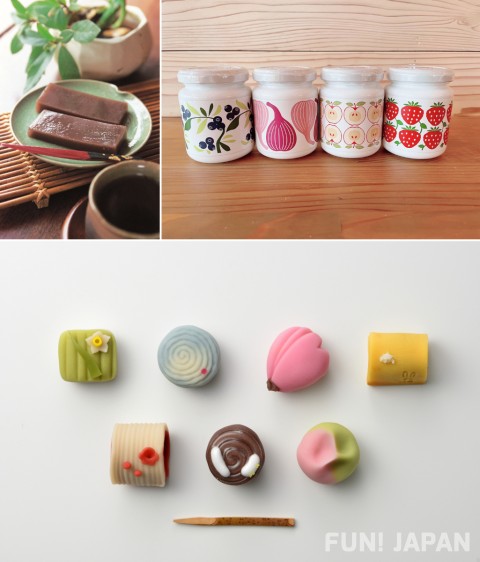
Hokuriku is a treasure trove of delicious sweets! Especially the popular tourist area Kanazawa, which ranks first in the national confectionery expenditure ranking (average value from 2020 to 2022). It is the city in Japan that spends the most on sweets.
This is due to the fact that the culture of tea and sweets is deeply rooted in Kanazawa from the time of its prosperity, known as "Kaga Hyakumangoku" (Kaga one million koku *~0.15 tons of rice), and the fact that it faces the Sea of Japan and has high humidity throughout the year. Areas exposed to the sea breeze tend to get thirsty, making it easy to sell beverages and ice cream.
Furthermore, it has maintained the top spot in the overall category for over 10 years, and this time it also won the top spot in the individual categories of "Other Japanese Sweets", "Cake", "Other Western Sweets", "Chocolate", and "Ice Cream/Sorbet".
In addition, it is famous for its Mizu Yokan, and Fukui, a rice-producing region, ranks in the Yokan and Senbei categories. Furthermore, Toyama and Niigata are spots that are attracting attention from sweets and cafe lovers, as chocolate specialty stores and stylish cafes are opening one after another in the prefecture in recent years.
Hokuriku's Pickles & Fermented Food Culture is Too Unique⁉ It's Actually Not Sushi, but "Narezushi"
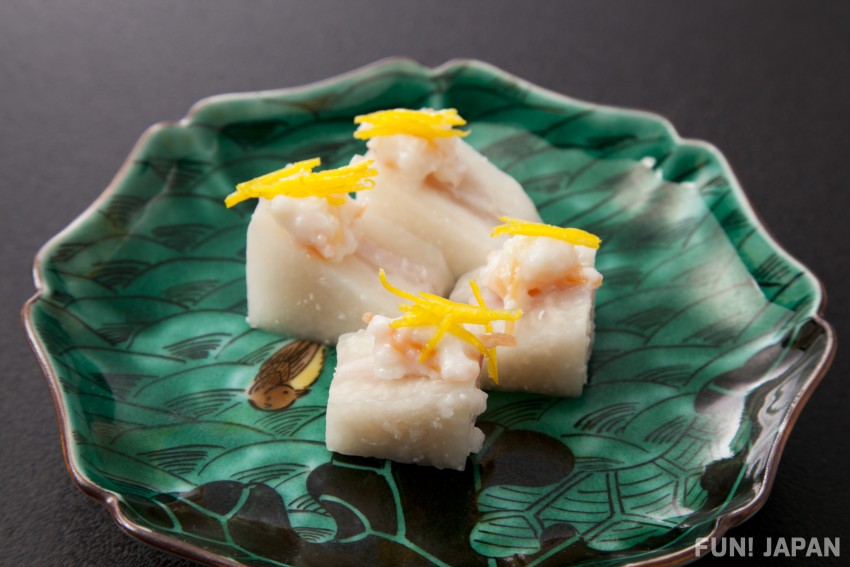
Generally, when we think of "tsukemono" (pickles), we imagine pickled vegetables, but in the Hokuriku region, pickles made with seafood are deeply ingrained in home cooking.
For example, kaburazushi, masuzushi, and daikon-zushi are typical examples of "※narezushi". Kaburazushi is a traditional fermented food representing Ishikawa Prefecture, made by sandwiching salted buri (yellowtail) between salted turnips. It's a local dish where the umami of the fish and the sweetness and sourness of the turnip are well balanced. In daikon-zushi, herring is used.
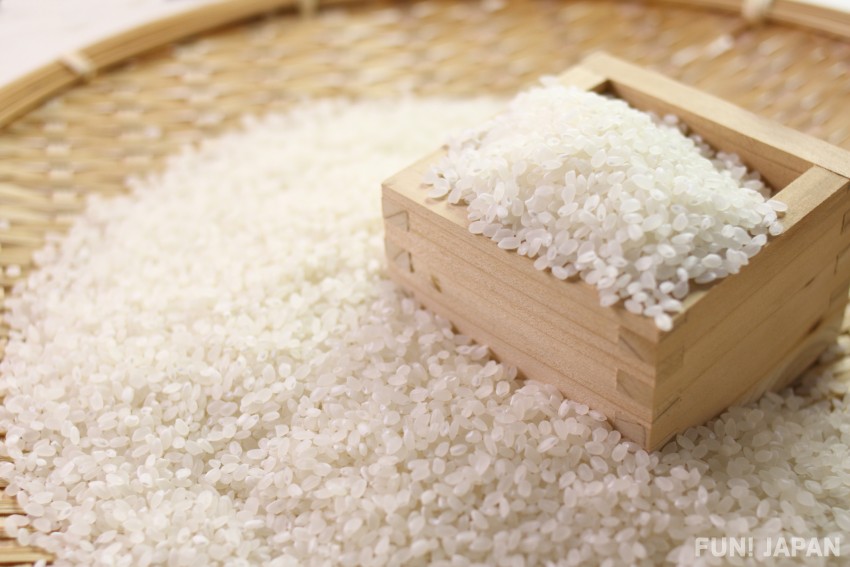
Furthermore, Niigata Prefecture, along with other prefectures, is a major rice-producing region, and the production of fermented foods using rice koji is thriving. There are a variety of delicious seasonings such as miso, soy sauce, and vinegar, as well as alcoholic beverages like sake, sweet sake, and shochu.
※Fermented food made by long-term pickling of fish, salt, and rice and other starches to cause lactic acid fermentation
Introducing the common features of each prefecture in Hokuriku!
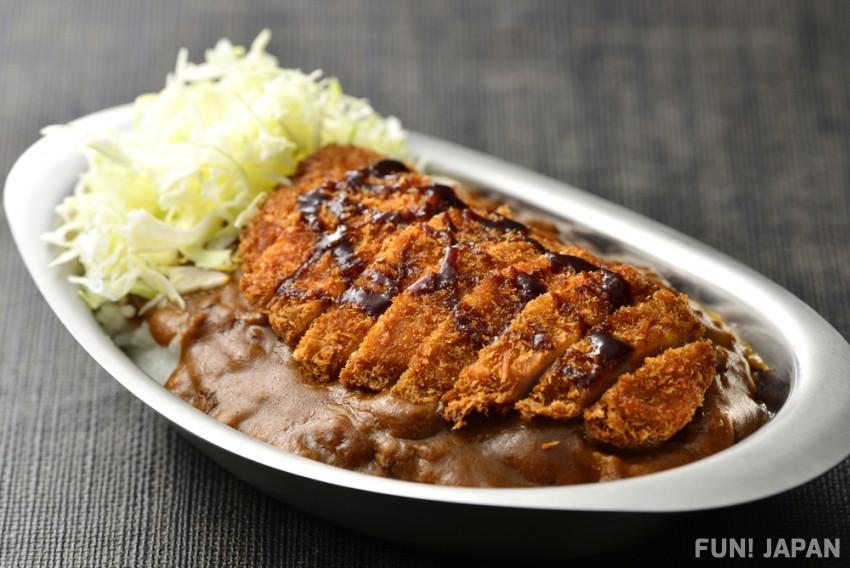
From here, we will introduce the unique information of each prefecture that we have introduced in the "47 Prefecture's Series"!
Do Ishikawa residents love curry!? If you get tired of seafood and sweets during your trip, rush to a curry shop
Ishikawa Prefecture is famous for sushi and other dishes using fresh seafood from the Sea of Japan, but the local gourmet food for the residents is curry rather than seafood.
※According to a survey conducted by NTT Town Page (Tokyo) in 2022, in Ishikawa Prefecture, there are 5.56 curry shops per 100,000 people, making it the number one in the country for three consecutive years! Compared to Hokkaido, which is in second place (4.31 shops per 100,000 people), and Osaka Prefecture, which is in third place (2.91 shops per 100,000 people), it is overwhelmingly many more shops per population.
※NTT Town Page "Representative of Japan's national food! Curry shop registration number ranking by prefecture"
Especially in Kanazawa, there is a local curry called "Kanazawa Curry" that the locals love dearly.
There is no strict definition of Kanazawa Curry, but it is generally "thick and gooey roux", "curry topped with a sauce-covered cutlet", and "served on a stainless steel plate".
Once you've had your fill of seafood gourmet like sushi and sashimi, why not take a break with a hearty and spicy Kanazawa curry?
Related article:
Toyama residents spare no expense for their families! "Etchu no Hitotsu Nokoshi"
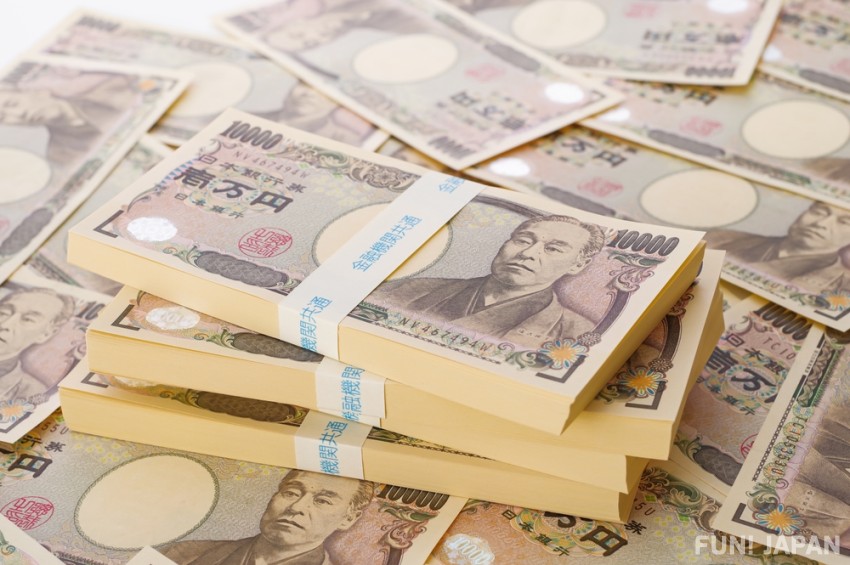
The home ownership rate in Hokuriku is at the top level nationwide! Among them, Toyama Prefecture has once ranked first in the country in terms of home ownership rate, and even won first place in the prefectural "average savings amount" ranking in 2022. The residents place great importance on leaving assets and property to later generations. This characteristic of the residents is so strong that there is a phrase in Toyama called "Etchu no hitotsu nokoshi", which means "leaving one property such as a house or land". Traditionally, there is a strong consciousness of "being an adult by owning a house", and they are particular about the size of the house and whether it is a detached house. Therefore, in the 2015 "Comparison of total floor area per housing unit by prefecture", they once won first place with 152.18㎡.
Furthermore, the number of cars per household and the cost of wedding gifts and ceremonies are among the highest in the country!
If you visit Toyama, be sure to check out the cityscape for large detached houses that are not found in other prefectures.
Related article:
Actually, Niigata residents have a strong inclination towards Tokyo⁉
Niigata Prefecture is sometimes classified as Hokuriku and sometimes as Kanto-Koshinetsu region. Perhaps because of such circumstances, Niigata residents have a surprisingly strong inclination towards Tokyo.
In fact, one of Japan's top YouTubers, HIKAKIN, is from Niigata. In addition, there are many famous talents such as Ken Watanabe and Sachiko Kobayashi who have moved to Tokyo from Niigata and are still active.
Also, the Niigata-based sake maker "Yoshinogawa" ran a series of ads called "Tokyo Niigata Story" on the Joetsu Shinkansen from 2011 to 2019. In these ads, four women from Niigata who moved to Tokyo were the main characters. The ads featured striking photos and catchphrases that expressed their feelings.
Furthermore, the Niigata-Tokyo route is well served by high-speed and overnight buses. With fares in the 2,000 to 3,000 yen range, which is much cheaper than the Shinkansen, it's no wonder that young people from Niigata who long for the city are eager to move to Tokyo.
Related article:
Fukui vs Kanazawa - The eternal rivals following Kyoto and Osaka

The Hokuriku area, all of which faces the Sea of Japan, is famous for its seafood and hot springs. Perhaps because of these similarities, it is often compared, and it seems that the residents view each other as rivals...
Especially in Fukui Prefecture, there is a strong sense of rivalry towards Ishikawa Prefecture (mainly Kanazawa), so talking about Kanazawa in front of people from Fukui Prefecture is a no-go.
While the people of Ishikawa Prefecture boast about tourist activities such as Kenrokuen Garden in Kanazawa and gold leaf, the people of Fukui Prefecture mention the Fukui Prefectural Dinosaur Museum and Echizen crab, as well as being the home of the regular gold medalist at overseas tasting competitions, and the production areas of Japanese sake, Bon.
Fukui, which is as world-class as Ishikawa, is a must-check.
Related article:
【47 Prefecture's of Japan: Fukui edition】Not just Tojinbo and Echizen Ono Castle, but in fact a prefecture full of world-class tourist spots!


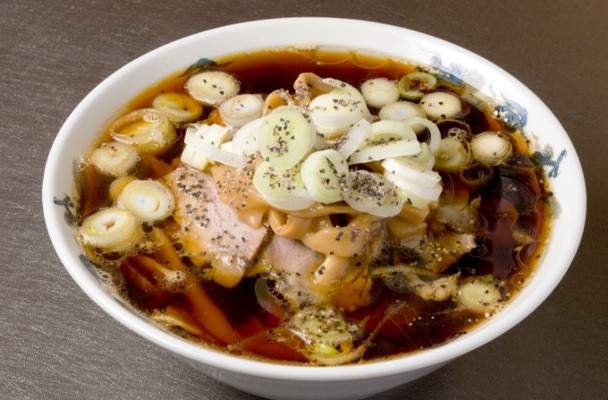
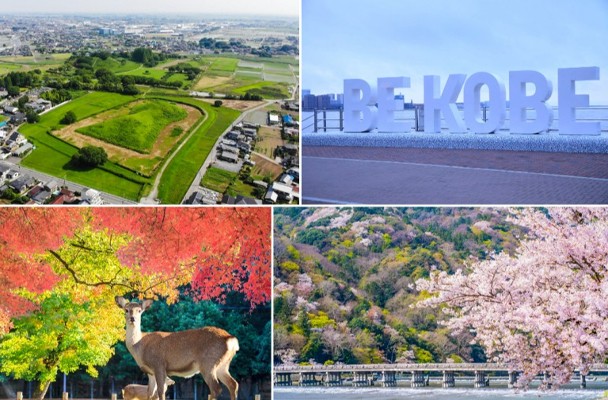
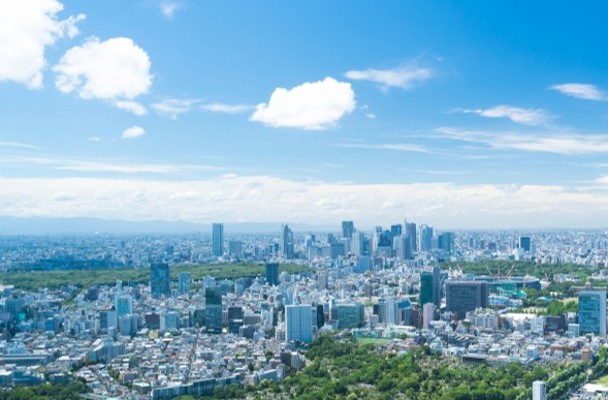

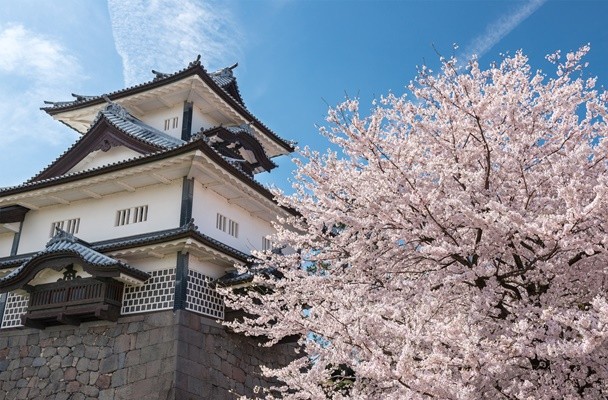
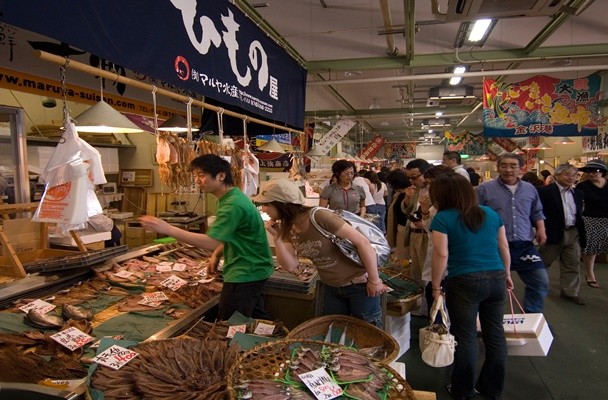
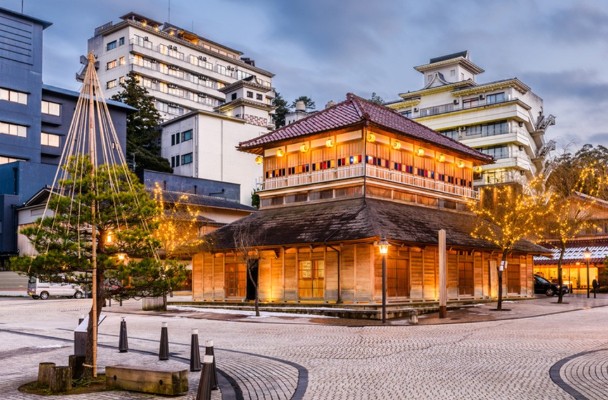
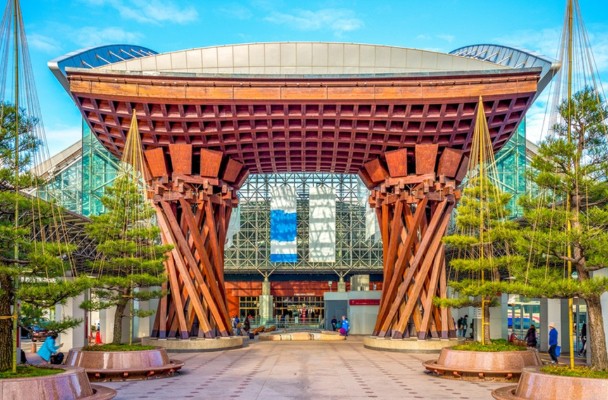
Comments